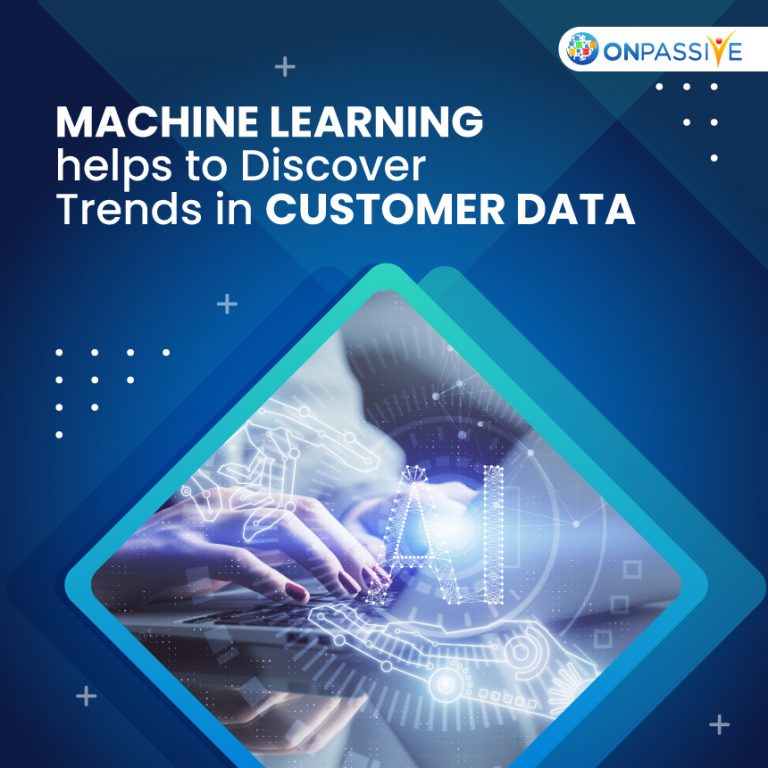
Every day, when people surf the web, data is left behind. It may also be collected and used with AI and machine learning to generate comprehensive, predictive consumer models for market research. Continue reading to understand how to make the most of this information.
A synthetic AI for customer models is made up of years of data that may be used by machine learning to anticipate your customers’ behavior.
What Is The Customer Model?
The practice of anticipating and forecasting behavioral elements of consumers’ future perspectives is known as customer modeling. Identifying marketing and campaigning objectives, as well as optimizing predictive analyses, are all part of the process.
Importance Of AI for Customer Models
You’ll need three things to build synthetic consumer models.
- Data Exhaust
“Data exhaust” refers to all of the data that internet users create. Through their marketing and CRM systems, brands are likely to already have some of this information. When you add third-party data, such as Nielsen sales data or location services data, this exhaust becomes very potent.
- Machine Learning
When you have your data exhaust, you’ll need a reliable machine learning model to discover meaningful patterns in the data.
- Hypothetical Customer Modeling
Using machine learning to discover trends in customer data exhaust isn’t enough. To convert data and insights into action, you must be able to construct a hypothetical image of prospective consumers.
Customer Model Considerations
There are several distinct ways to think about consumer models.
- Construct A Persona
Using the data you already have, create a picture of an individual client based on the patterns you find. Give this character a back-story, a set of behaviours, and a graph of their interests.
- Collect Additional First-Party Data
If you don’t have enough data, consider initiating marketing activities such as surveys that collect more first-party data.
- Third-Party Data
You’re unlikely to find all of the information you want in one location. Consider combining data from a variety of third-party sources to build a composite image of a consumer. Start with census data to figure out who resides in the market you’re attempting to reach. Then, using interest graph data from social media, figure out what these demographics are interested in. Finally, transactional data may be used to determine their purchase habits and preferences. There will be no model that is 100 per cent correct. However, the proper model might be far superior to what you have now.
Transforming Customer Experience Using Predictive Models
Artificial intelligence (AI) and predictive analytics-driven systems have the potential to improve the consumer experience (CX). From retail to healthcare, finance to media, we see this across all sector verticals and business processes.
Any brand may use AI-driven prediction models to enhance client loyalty and revenue. However, to actualize that potential, you must do the following three steps:
- Collect Information From A Variety Of Sources
Usually, AI has been used to forecast client purchasing trends. It assists in determining what consumers will buy next, as well as how much they are willing to spend on a product or service. That is no longer sufficient. Brands want to know all there is to know about their consumers, and they want to know it all the time. Because customer tastes are always changing, businesses must obtain fresh data regularly.
- Use AI To Understand Customer Journeys
Using AI to understand how customers interact with your goods and services has a lot of value. As a result, you’ll be able to plan the customer’s next best experience. You may be aware that John has been over his mobile phone data use limit for several months. To overcome that problem, your customer care centre may utilise AI to forecast that John would want to increase his monthly data allotment.
- Customer Experience Improvement Triggers
You can utilize AI to take targeted action once you’ve collected data and have access to it in the context of customer journeys. An AI-driven customer experience management (CXM) solution, for example, can assist you in identifying aspects of the customer journey that lead to churn. It can assist in the forecast of which clients are likely to churn and give advice on how to keep them.
Conclusion
For a long time, we produced goods, services, and solutions based on our assumptions about what our customers require. But, in today’s world, that isn’t how it is done.
We need to go beyond that to succeed in today’s quickly changing CX-centric surroundings. We need to be able to forecast what consumers will do throughout their interactions with us. We must pay close attention to them at all times to properly comprehend them. We must recognize and comprehend their changing requirements. All of these problems are efficiently met by a well-designed AI-powered CXM system.


